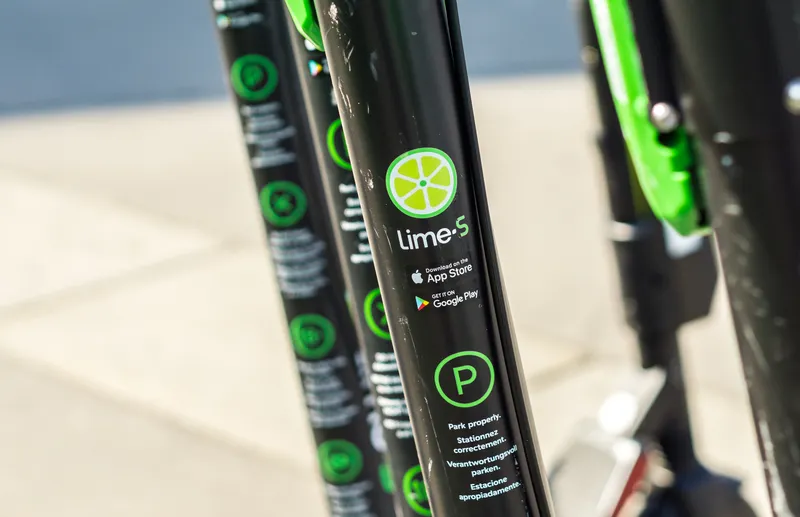
High-voltage, direct current (HVDC) transmission lines buried in the highway are a cost-effective option for electric and communications infrastructure, according to a new report.
The Ray and NGI Consulting's NextGen Highways Feasibility Study for the Minnesota Department of Transportation (MnDoT) looks at co-locating lines in the highway right-of-way (ROW).
“Federal policy not only authorises building electrical transmission and fibre along our roads, but it also strongly encourages state DoTs to approach infrastructure planning with a wide lens, taking into account both immediate and future public needs that could be met by leveraging transportation ROW,” said Laura Rogers, deputy director of The Ray.
“To support clean vehicle electrification, our existing transportation infrastructure will need to evolve to incorporate the infrastructure to power and connect these vehicles."
This issue has come to prominence as authorities look at projects such as renewable energy generation, electrical transmission and distribution projects, broadband, vegetation management, inductive charging in travel lanes and alternative fuelling facilities.
In April 2021, Federal Highway Administration guidance said highway ROW “can be leveraged by state DoTs for pressing public needs relating to climate change, equitable communications access and energy reliability".
“The findings from this study demonstrate that buried HVDC transmission is cost-effective and can be feasibly sited in interstate and highway ROW after making appropriate consideration for existing and future transportation system needs,” said Morgan Putnam, founder of NGI.
“This means that our existing highway system can enable transportation and grid decarbonisation and strengthen grid reliability and resilience – all while delivering billions of dollars in societal benefits.”
The NextGen Highways team worked with an internal working group at MnDoT to examine policy, regulation and projects, analysed MnDoT-specific concerns, examined HVDC transmission line requirements, and looked at the cost-benefits ratio.
It found that good practice is already available: utilities and regulators in Wisconsin have successfully collaborated with the Wisconsin DoT to place more than 800 miles of electric transmission infrastructure within and along state and interstate highway ROW over the last 20 years.
The NextGen Highways team is planning to continue its work with MnDoT in 2022 and to launch a coalition of state DoTs, utilities and transmission developers to support the co-location of buried fibre and transmission in highway and interstate ROW.










